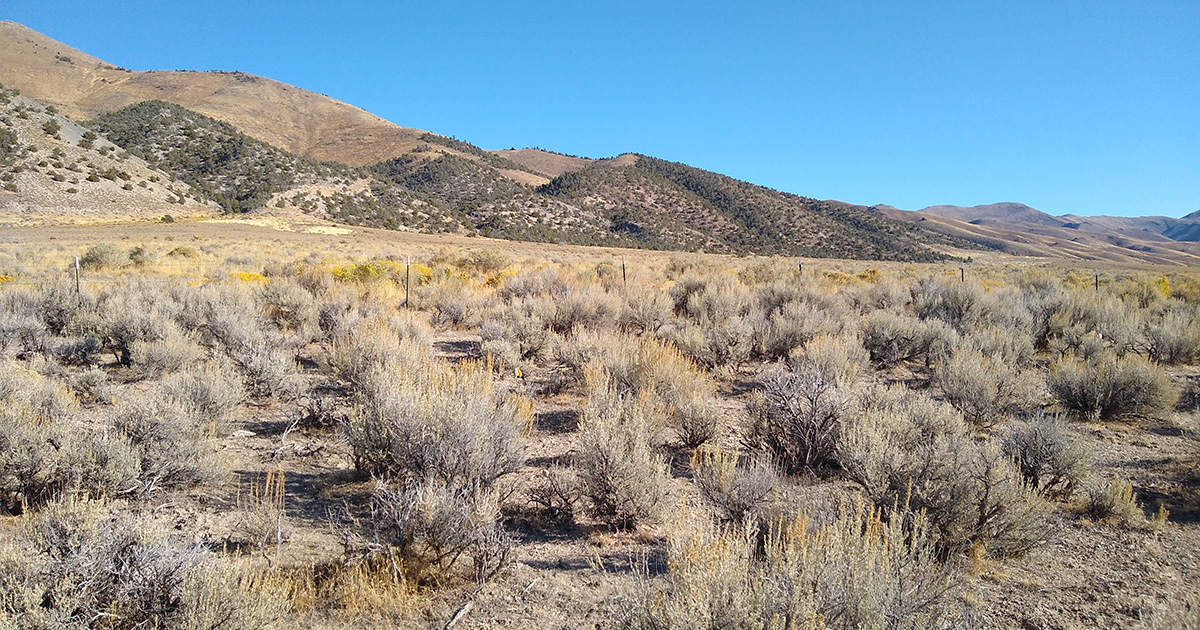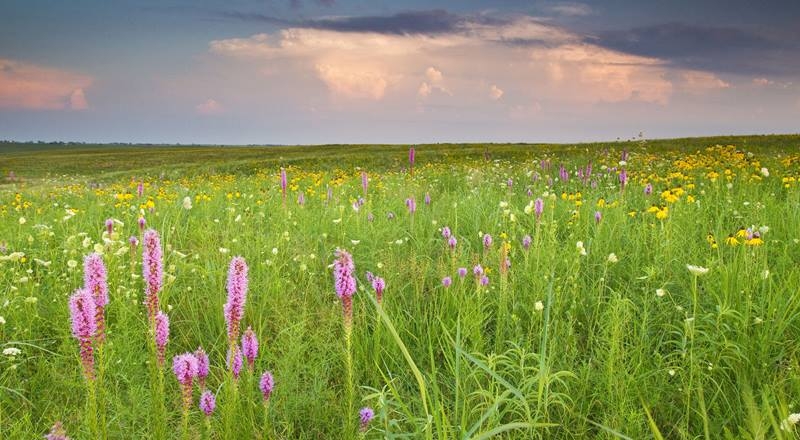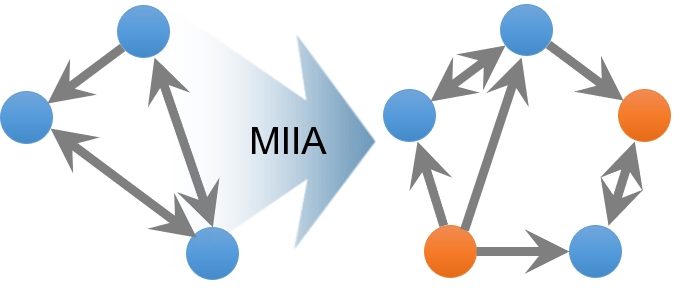Bacteriophages are the most common biological entities in microbial communities, but it has been challenging to study their biology. As a result, the genomes of most phages contain many genes of unknown function. In this study, researchers developed a new CRISPR-based technology to reduce the activity of genes in phages to determine if those genes are essential.
Tag: Microbial Communities
Root microbes may be the secret to a better tasting cup of tea
You’d think the complex flavor in a quality cup of tea would depend mainly on the tea varieties used to make it.
Cheese experiments show fungal antibiotics can influence microbiome development
In a new study, researchers use cheese rinds to demonstrate that fungal antibiotics can influence how microbiomes develop.
Synergy between anti-commensal antibodies and IL-10 in gut homeostasis and disease
To limit immune responses to gut-resident microbes, mucus and the epithelial barrier physically separate the host immune system from microbial communities. Immunoglobulin A (IgA) antibodies are known to help to regulate the colonization and functions of mucus-associated commensals. However, the…
Charlotte researchers part of NSF-supported center investigating ‘healthier’ buildings
Could the design of a hospital or a school affect the germs that can spread within it? UNC Charlotte bioinformatics professor Anthony Fodor is part of a team seeking to find out. He is among the group of researchers undertaking an effort to better understand and improve the microbial communities of where people live, work and play.
When more complex is simpler
Microbial communities shape our health and the health of our planet. Some are familiar to humans, like the microbes that reside in the gut, known as our microbiome. Others keep fermenting along mostly under the radar.
Climate Change Threatens Base of Polar Oceans’ Bountiful Food Webs
A study recently published in Nature Communications suggests that displacing cold-water communities of algae with warm-adapted ones threatens to destabilize the delicate marine food web. The team was led by University of East Anglia researchers and included DOE Joint Genome Institute researchers.

What is the impact of fire on desert soils of Nevada?
Prescribed burning allows team to study soil biochemistry in sagebrush ecosystems

Minimum energy requirements for microbial communities to live predicted
A microbial community is a complex, dynamic system composed of hundreds of species and their interactions, they are found in oceans, soil, animal guts and plant roots. Each system feeds the Earth’s ecosystem and their own growth, as they each have their own metabolism that underpin biogeochemical cycles.

Droughts Spell Changes for Soil Microbes
Scientists predict a warming Earth will cause more droughts that are more severe in the grasslands of the central United States. This research found that soil drying affects the microbial community in several ways.

Predicting How Microbial Neighbors Influence Each Other
Researchers developed a new theoretical framework called minimal interspecies interaction adjustment (MIIA). It predicts how surrounding organisms and other factors drive changes in interactions in microbial communities.